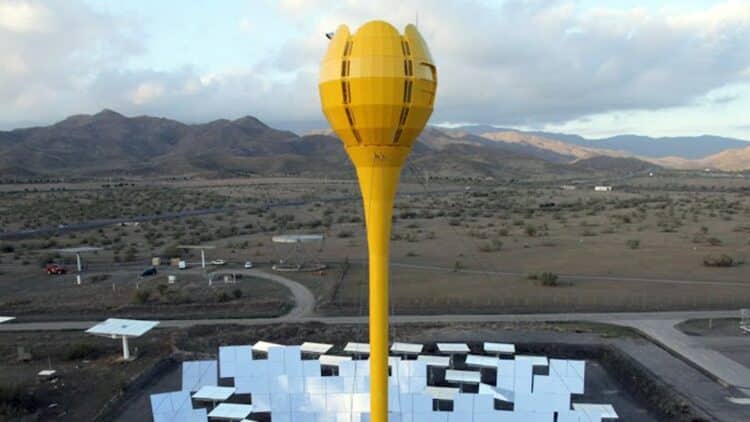Have you noticed how rooftop solar panels have become a symbol of modern sustainability?They’re everywhere, from condominiums to supermarkets and farms.They’re discreet, efficient, and for a while, they seemed like the definitive answer to our energy challenges.But that seems to be changing… That’s because, even with all the excitement, solar energy still carries old problems as generation fluctuations, difficulty storing surplus energy, high maintenance costs, and the simple fact that the sun doesn’t always shine.
Solar’s silent flaw: What good is clean energy if it sleeps at night?
Over the past 20 years, we’ve seen solar energy multiply worldwide; that’s a fact. It’s become cheaper, more accessible, and, of course, more present in our daily lives. But even with all this progress, the issue of intermittency continues to haunt engineers, grid operators, and governments.
After all, just one cloudy day is enough for the generation to drop dramatically. At night, it’s even worse. Solutions like lithium batteries or grid integration attempt to mitigate this, but they still come at a high cost (both financial and environmental). And even under the best conditions, rooftop panels can hardly power more than a single home or small business. This is where we reach an energy crossroads: if we truly want to supply entire neighborhoods with clean sources, we’ll need something more robust, scalable, and different.
Solar reinvents itself: Can a glowing tower finally power us day and night?
It seems this solution is coming… So imagine, instead of a rooftop panel, a 100-foot tower rising from the desert, surrounded by a field of gleaming mirrors. At first glance, it looks like a futuristic sculpture. But inside, it holds an ingenious secret: the ability to generate power 24 hours a day.
We’re talking about a structure called Solar Tulip (which might even match this new Tulip wind turbine), created by the Israeli company Aora Solar. Instead of relying directly on sunlight fromphotovoltaic panels, Tulip uses mirrors to concentrate the sun’s rays on a specific point, heating compressed air to over 980°C. This hot air drives agas turbine that generates 100 kW of electricity, in addition to 170 kW of thermal energy.
The most impressive is when the sun goes down, it doesn’t stop. Tulip can smoothly switch to natural gas or biogas, ensuring a continuous supply, all without noise, water, or interruptions.
“The system generates power 24/7, moving seamlessly from solar to natural gas or <em>biogas”</em>, said ASU LightWorks director GaryDirks.
A living lab for the future: Will this solar tower teach the world how to scale clean energy?
This first project in the US is being implemented on the Arizona State University (ASU) campus in Tempe. The plan isn’tjust to test, but to research, improve, and expand. Essentially, the pilot facility will serve as a living laboratory for engineers, students, and researchers from various fields. The initiative is coordinated by ASU LightWorks, an interdisciplinary hub focused on sustainable technologies.
“It is a perfect example of industry and academia coming together and leveraging their unique strengths to create collaborative projects that propel new and viable technology into our energy future. The Solar Tulip has enormous potential both at ASU and beyond,” Dirks said.
And, beyond its educational appeal, Tulip has a modular design, meaning multiple towers can operate together, as if they were cells in a living power plant. This allows for applications ranging from small-scale applications, such as powering a condominium or industrial park, to larger solutions capable of supplying entire communities. New forms of solar panels are becoming increasingly popular, and another that caught our attention was this dragonfly design, which promises 20 years of free energy at home.
Disclaimer: Our coverage of events affecting companies is purely informative and descriptive. Under no circumstances does it seek to promote an opinion or create a trend, nor can it be taken as investment advice or a recommendation of any kind. For more information, please visit our Trust Principles.


